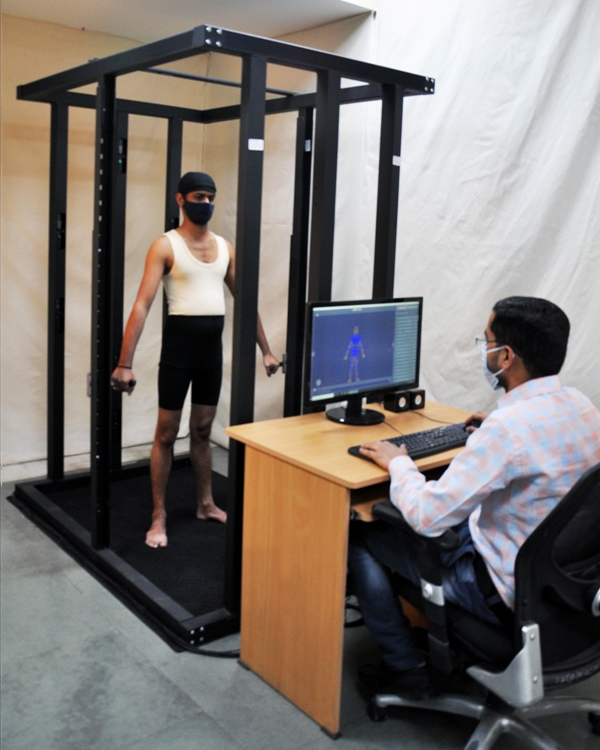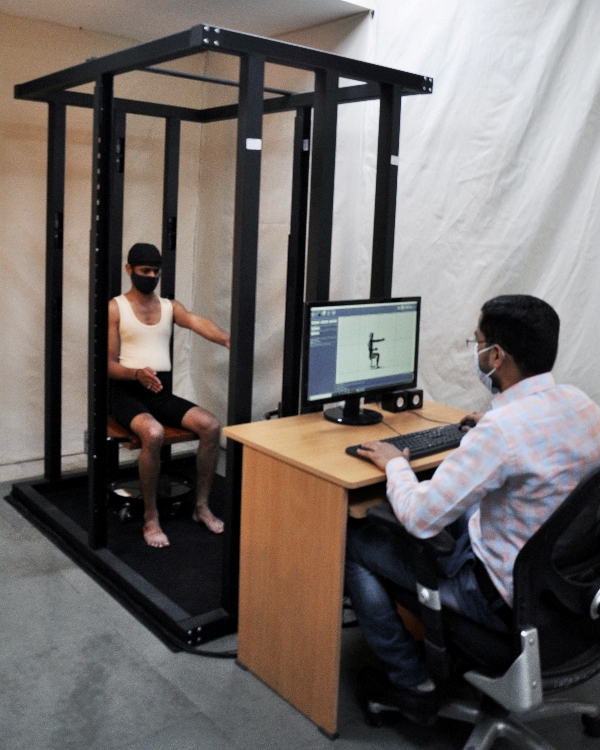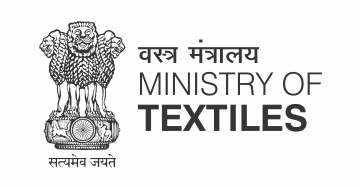
INDIAsize is a scientific research aimed at collection of anthropometric data from a statistically justified sample to create a database of measurements which is a true representative of the entire Indian population. The data will result in a creation of Size identification number for a customer through mapping, categorization and defining of their body shape and size thereby creating a body size standard for Indian population.
Register for INDIAsize ExcerptsThe measurement process for the INDIAsize survey involved the use of a cutting-edge, a non-contact, human-safe 3D whole-body scanning system. This advanced system captured the full body of each participant in three dimensions within a few seconds and extracted accurate body measurements from the acquired data. To ensure precision and consistency, subjects were scanned in two different postures using ISO procedures while wearing a specially built scan suit. This suit was designed to improve measuring accuracy while also maintaining homogeneity among participants. The INDIAsize survey used non-invasive 3D scanning technology and purpose-built scan suits to gather accurate data on body sizes and shapes, providing valuable insights into the anthropometric diversity of the Indian population.

Standing Posture

Sitting Posture

© 2020 INDIAsize | NIFT. All Rights Reserved.